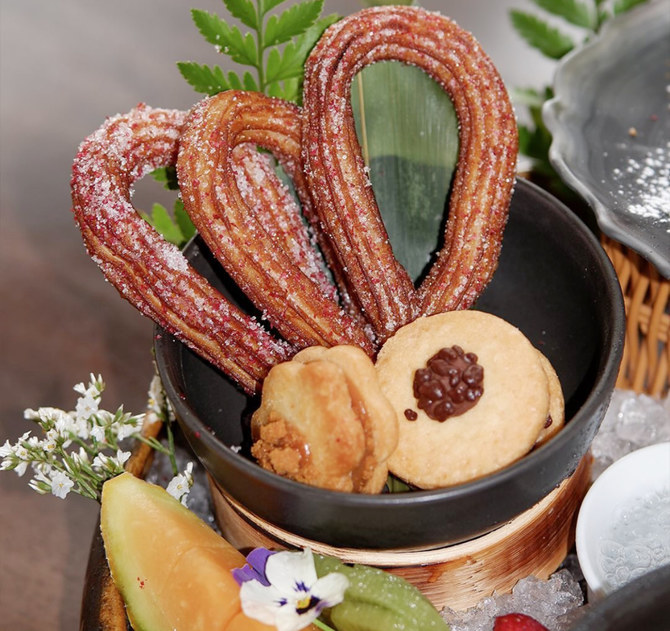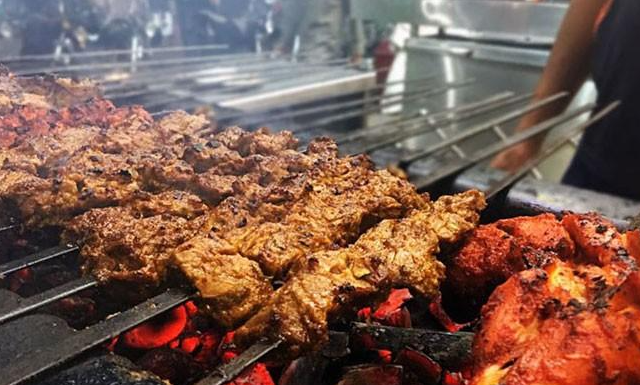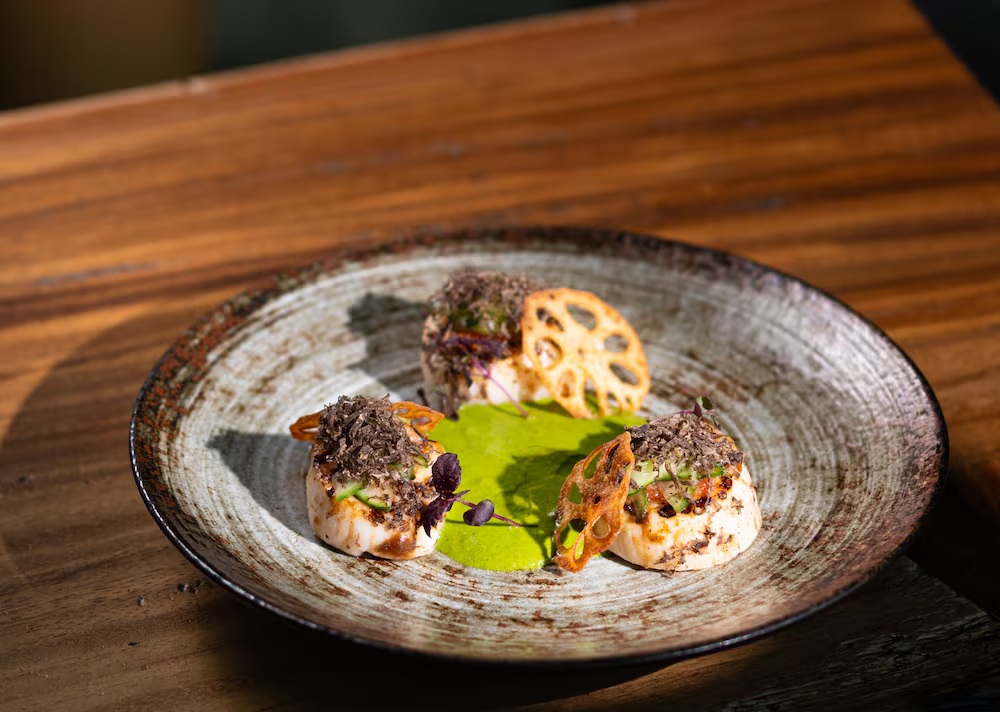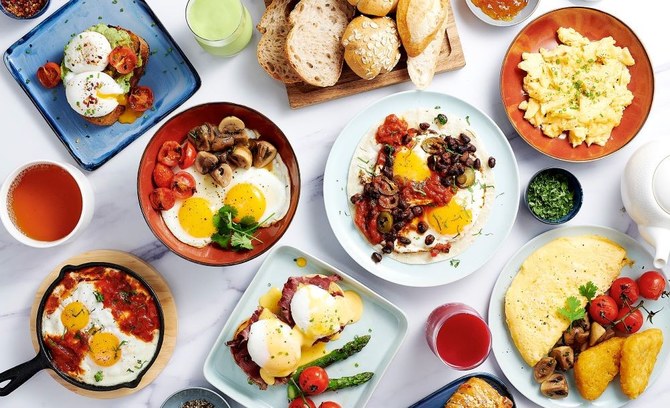Felicity Cloake
There are many great plant-based Italian recipes – pasta alla norma, mushroom risotto, pasta e fagioli (sometimes) – but none, it must be said, packs quite the savoury punch of a classic ragù alla bolognese. If you believe vegans deserve as much pleasure in this brief and brutish life as everyone else, then attempting to reverse engineer this one for them (and for everyone else who is trying to cut down on their meat consumption) feels very much like a mission worth annoying a few purists for.
The challenge, it turned out, was less in recreating the experience without using animal products – there are plenty of umami-packed ingredients out there that fit the bill – than working out what to call it. “Vegan ragu” feels oxymoronic, given the word literally means “meat sauce”, yet “bolognese”, implying as it does the use of dairy products, is equally open to nitpicking. But let the pedants argue amongst themselves – we’ve got pasta to eat.
The “meat”
Or, rather, the meat substitute. Traditionally, such ragus are made from minced beef, not too lean, and often in combination with cured and/or minced pork and sweet, earthy chicken livers – a combination that doesn’t immediately suggest plant-based alternatives. Ideally, whatever is used should have similar fatty, earthy, umami-rich qualities, and a similarly chewy, yet juicy texture. (Note that I have not delved into the world of vegan mince here; if you’re a fan, though, you may wish to use it here instead.)
Mushrooms, which, according to Serious Eat’s Daniel Gritzer, “are an obvious choice, thanks to their deeply savory flavor” are popular, with Gritzer and Alexa Weibel for the New York Times using chestnut, Yotam Ottolenghi and Ixta Belfrage shiitake in their book Flavour, and Gizzi Erskine chestnut, shiitake and portobello. Erskine and Ottolenghi/Belfrage also add dried mushrooms, the former rehydrated and finely chopped, the latter blitzed to a powder and deployed as an astonishingly umami-rich seasoning that I’m definitely stealing. With so many flavours going on in this sauce, I find the fresh mushrooms useful chiefly for their juicy bulk, so I’ll be using the ordinary chestnut variety, though my testers and I decide they’re too insubstantial to do the job alone; a second, more robust element is required.
Gritzer recommends seitan, or wheat gluten: “a wet, chewy and spongy substance with a mild and oddly bread-like flavour.” This delicious-sounding item is, it turns out, hard to find in plain form in the UK; I finally locate a tin labelled as “mock duck” in a local healthfood shop, but I’m not overly taken with its consistency, which is too similar to the mushrooms. Jessie Ware, Sue Quinn and Ottolenghi and Belfrage include lentils, with Ware pureeing half of them at the end for “a perfect texture”, a tip she credits in Table Manners: The Cookbook to Anna Jones. Quinn’s recipe in Easy Vegan also uses beans, Ottolenghi/Belfrage pearl barley and Ware aubergine, while Erskine goes for soy mince and smoked tofu, as well as five sorts of mushrooms, writing in her book Slow that “it’s imperative to use all three as they each add something different”.
Though all of the above are enjoyable in their own way (and the idea of pureeing the lentils to thicken the sauce is a particularly clever one), I find that firm tofu offers the most satisfyingly beefy texture – it may taste of very little, but the flavour of the mushrooms and the umami-rich seasonings will make up for this. Weibel’s finely chopped walnuts are a clever way to add further body to the sauce, but I decide to blitz them, like the dried porcini, so they blend in, enriching it without contributing any obvious crunch.
Another useful tip from Gritzer: tearing the mushrooms (and, in my case, the tofu) gives them a more convincingly meaty texture than merely chopping them. You can get busy with a knife if you’re short of time (I don’t find the food processor method recommended by Ottolenghi and Belfrage saves any, because things always get trapped on the blades, and the onion ends up as a mush while the carrots are still hunks – but you, like them, may have a better machine).
The aromatics
The base, by contrast, is the easy bit: onions, carrots and celery, just as in a classic ragu alla bolognese, though with some red onion to make up for the sweetness missing from with the offal. I don’t tend to add garlic to my beef-based version, but I am going to here, for the same reason that Gritzer pours red, rather than the traditional white wine into his: “In this vegan sauce, I need my smokescreens, and red wine has a more robust flavour that flirts with your taste buds more – and the more flirting your taste buds get from the red wine, the less they’ll notice that you’re not eating meat.”
Similarly, I’ll be adding bay and rosemary – two herbs which make me think of slow-cooked meat (Gritzer goes for sage as well, and Erskine for thyme, both of which work the same way), as well as nutmeg, in a nod to my original ragu alla bolognese. Though I’ve kept things fairly simple, fennel seeds, oregano, chilli flakes, chipotle, star anise, allspice, coriander and cumin all get an airing in my recipe testing, should you be looking to spice things up a bit.
The sauce
As well as the aforementioned wine (which will indeed be red), I’ll be loosening my sauce with chopped tomatoes and tomato puree. Initially, I tried to keep these to a minimum to cleave more faithfully to the idea of a meat sauce rather than a tomato-based one. But then I realise that tomato is another useful smokescreen – especially in combination with mushrooms, where the flavours meld to produce something that’s neither emphatically mushroomy or tomatoey, but simply richly savoury. (Though many recipes do include stock, I always find vegetable stock tastes far more strident – all celery and dried herbs – than meat-based ones, so I’ve stuck with water.)
Gritzer stirs a vegan bechamel, made with almond milk, and a scoop of flavourless coconut oil into the finished dish, while Ottolenghi and Belfrage add coconut cream. Not, I think, because any of them are yearning for tropical accents in their northern Italian-style sauce, but, as Gritzer puts it, “to add the silkiness and richness of emulsified beef fat in a classic bolognese sauce. Without it, the sauce is too lean, a dead giveaway that it’s a vegan impostor.” He’s right, but I think you can get a similar result with a generous glug of olive oil; don’t be put off by the amount in the recipe below, though – remember that, unlike meat, mushrooms and tofu are very low in fat, so you’re just making up a deficit.
The seasonings
This is where things get really interesting. Mix all the above, and you’d have a pretty decent sauce. To take it the extra mile, however, you can sneak in some very untraditional ingredients – after all, you’ve already got tofu in there. Gritzer, and Ottolenghi and Belfrage, both use soy sauce and miso, which, Gritzer explains, “add complexity and deep savouriness that normally come from the meat itself”. Ottolenghi and Belfrage also use rose harissa, which supplies a further smoky depth of flavour, but my favourite option is Weibel’s Marmite, which “brings salty, bitter notes that taste like those of browned meat. Like mushrooms, walnuts, soy sauce and tomato paste – and, yes, beef – it has a high concentration of glutamic acid, which imparts a strong, umami taste best described as meaty.” I think it has the beefiest flavour of all of the above, but if you don’t keep it in the house, then soy sauce or miso are the best alternatives.
Having added salty Marmite, I decide my sauce needs a dash of sweetness for balance; Ware adds a finely chopped date for this reason, but I’m going to fall back on the thing I often sneak into a tomato sauce that needs a bit of help: a spoonful of balsamic vinegar, which brings both sugar and yet more umami. Yes, this sauce is intense.
The cooking method
I feel fairly confident that traditionalists will have given up in disgust at the first mention of tofu, so they won’t be still around to disapprove of the fact that I’m going to suggest baking the ragu, rather than simmering it on the stove. This may sound odd, but having tried this technique in the “ultimate traybake ragu” recipe in Ottolenghi and Belfrage’s book, it dehydrates and caramelises the ingredients more efficiently, which is useful in this instance, when the aim is to concentrate the flavours. As a bonus, it needs far less monitoring on the part of the cook.
If you’re loth to put the oven on, however, you can easily make it on the hob instead, gently sauteeing the onion, celery and carrot with the herbs until soft, stirring in the garlic for a couple of minutes, frying the fresh mushrooms until they give up most of their liquid, before adding the tofu, tomato puree and porcini powder, and stirring regularly until fairly dry and starting to brown. At that point, you can add the remaining ingredients, cover and simmer gently for half an hour, before uncovering for a final 15 minutes, if necessary. It’ll still be wonderful, though you’ll just need to babysit it a little more. Whichever way you do it, I promise it will be worth it.
Perfect vegan ragu
Prep 20 min
Cook 1 hr 40 min
Serves 4-6
75g shelled walnuts
250g chestnut mushrooms
250g firm tofu
½ red onion, peeled and cut into small dice
½ yellow onion, peeled and cut into small dice
1 large carrot, cut into small dice
2 sticks celery, cut into small dice
4 garlic cloves, finely chopped
30g dried porcini, whizzed to a powder
Salt
90ml olive oil, plus extra to serve
2 tbsp tomato puree
2 tbsp Marmite
1 x 400g tin chopped tomatoes
1 tbsp balsamic vinegar
200ml red wine
1 bay leaf
1 sprig fresh rosemary
Nutmeg, to taste
Heat the oven to 200C (180C fan)/390F/gas 6 (see above for hob cooking), and put a large, high-sided baking tray/roasting tin in there to warm up.

Toast the walnuts in a dry pan for about eight minutes, shaking them once to ensure they don’t burn, then take out and set aside.
Meanwhile, chop the mushroom stems into mince-sized pieces and tear/chop the caps and the tofu similarly.

Put the diced onions, carrot and celery in the hot roasting tin, then add the garlic, mushrooms, tofu and powdered porcini, season and toss to mix.

Mix the oil and the tomato puree, then add to the tin and mix again so all the vegetables and tofu are well coated.
Bake for 20 minutes, then stir, making sure to dislodge any bits from the corners, then bake for another 20 minutes.

Meanwhile, whizz the toasted walnuts to a powder and dissolve the Marmite in 100ml warm water.
Take the tin out of the oven and reduce the heat to 180C (160C fan)/350F/gas 4. Stir in the walnuts, chopped tomatoes, Marmite water, balsamic vinegar and wine, then add the bay and rosemary and a good grating of nutmeg, cover with foil and bake for another 30 minutes.

Remove the foil and bake for a final 15 minutes, by which time the mix should be saucy, but not soupy.
Taste for seasoning and adjust if necessary, then stir in another good glug of olive oil before serving with your pasta of choice.
Courtesy: theguardian








